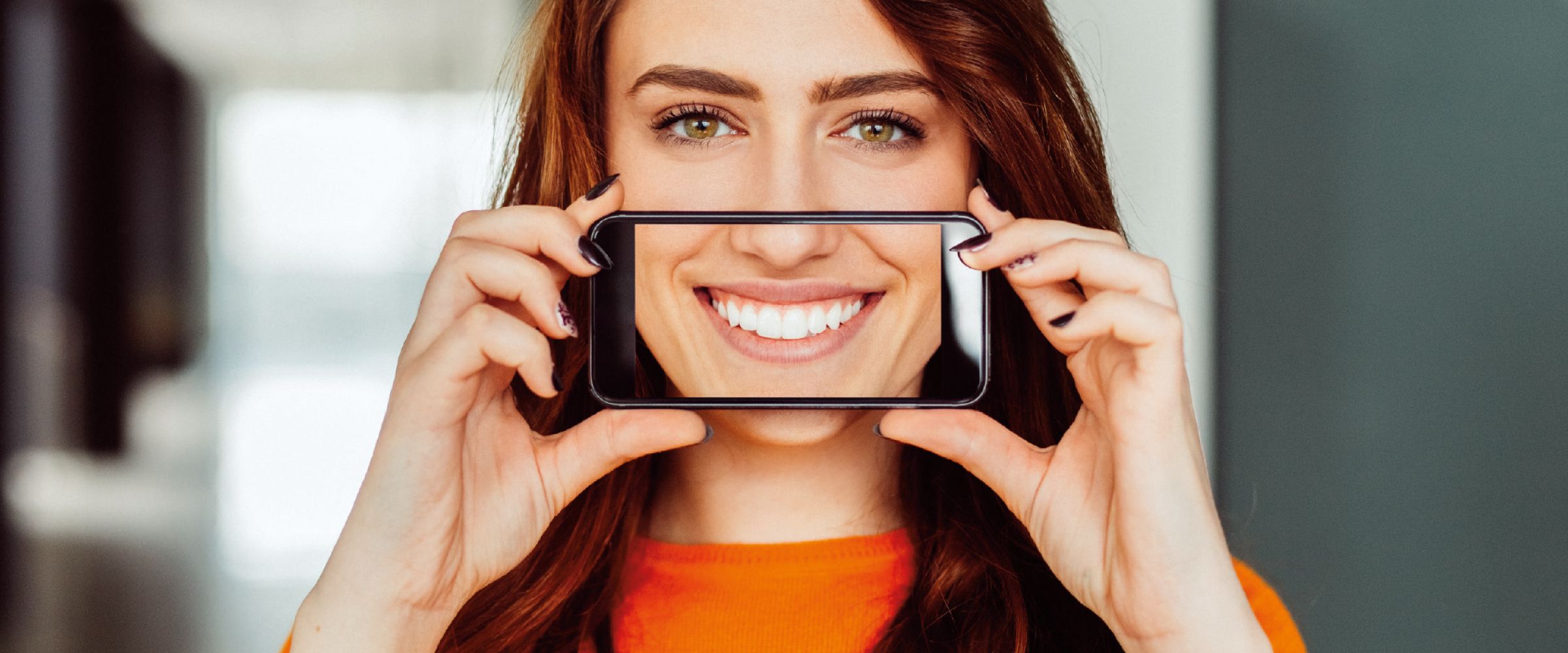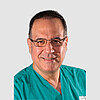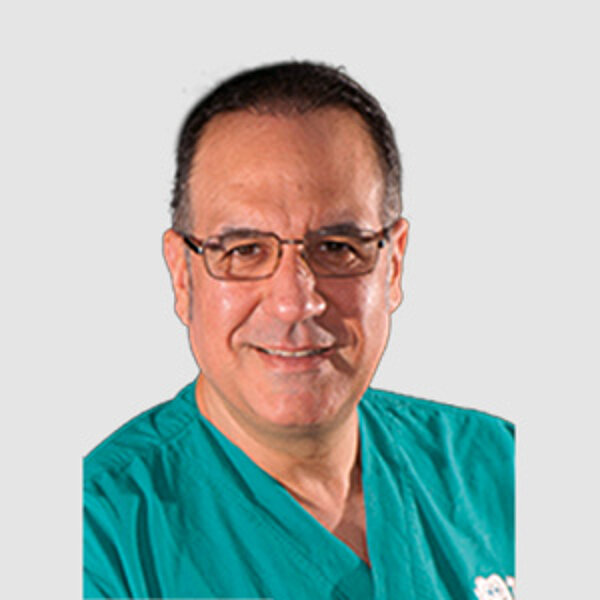
Basic equipment, settings and accessories
What is the most basic equipment a dentist needs to create good clinical photos for publications and presentations? And are pictures from mobile phones good enough? A view from the expert.
Photography has become a valuable resource in daily dental practice, revolutionizing the way clinicians diagnose, treat and communicate with patients and colleagues. We gave the floor to the expert, Dr. Pasquale Loiacono, who shared tips and tricks for achieving a quality dental image.
You teach dental photography. What is the question most frequently asked by your audience?
Dr. Loiacono: Surely the biggest question is how to set up the camera correctly. Listening to my audience, I realized setup is really a weak point that generates anxiety; it is as people fear the instrument itself.
What is the most basic equipment a dentist needs to create good clinical photos for publications and presentations?
Dr. Loiacono: For basic dental photography, you need a camera with a dedicated macro lens and flash.
In their free time, most people use their mobile devices for taking photos. Is this also an option for dental photography? Or are mobile phones a total “no go?”
Dr. Loiacono: Let's say they’re not 100% "no go" but definitely a less desirable option. The main limitation of mobile phones is their lack of photo uniformity plus the inability to provide RAW format storage (the
only format with legitimate value) and the macro option, thus causing a distortion of the images. The only advantage they could offer is greater focal depth.
Which camera brands are used most often?
Dr. Loiacono: I have a preference for Nikon, mwhich for me, as a company, is more concerned with scientific photography. But I have also shown that, with the same settings, Canon offers the same results. Regardless of the brand, you have to ask yourself: "Is this picture acceptable?" The camera becomes an instrument for measuring reality, and all brands produce “measuring instruments.” The device is neutral;
the difference is made through the eye and mind of the person behind the lens.
A doctor has bought a new camera for taking good clinical pictures, which initial settings would you recommend?
Dr. Loiacono: The three pillars for a correct scientific photo are correct magnification, depth of field, and perspective. These three pillars must be found in the initial settings.
Any recommendations for accessories such as retractors, mirrors or contrasters?
Dr. Loiacono: Dental photography accessories help produce better pictures. Because they come in contact with the patient’s oral cavity, they should be autoclavable.


